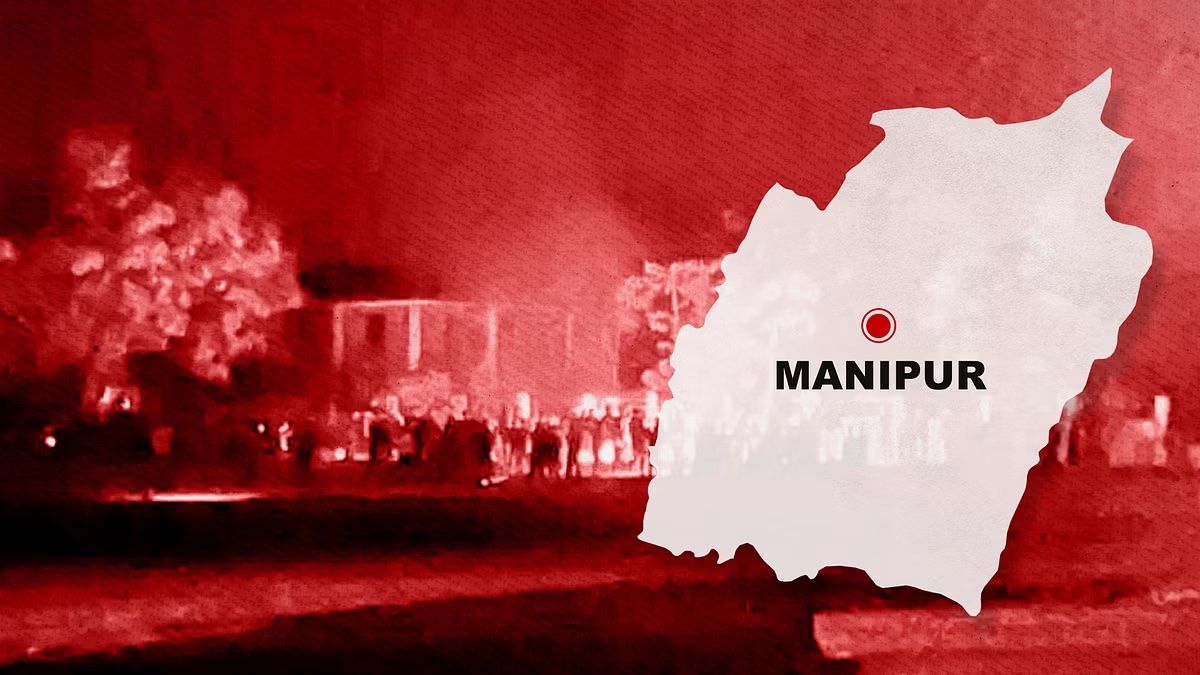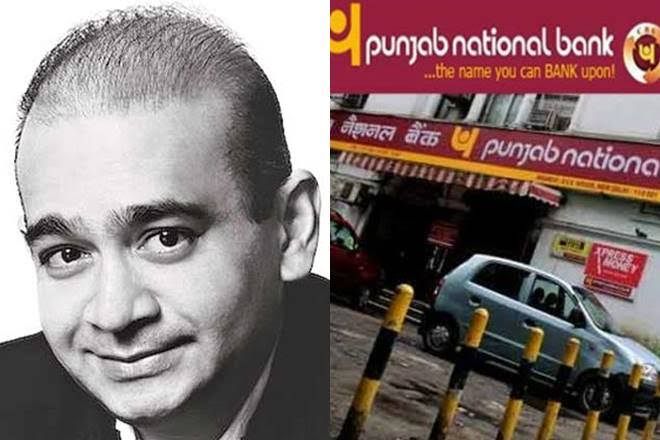Author: Ritika Singh, KR Manglam University, Sohna Road, Gurugram
ABSTRACT
The 1992 Indian Stock Market Scam, orchestrated by stockbroker Harshad Mehta, is one of the most infamous financial scandals in India. This article explores the scam’s intricacies, focusing on the legal proceedings, involved parties, judgments, and long-term impacts on Indian financial regulations. The scam, which exploited systemic loopholes in the banking and stock market sectors, led to significant losses and prompted substantial legal and regulatory reforms to safeguard the financial system from similar frauds.
Introduction
The early 1990s witnessed a dramatic transformation in India’s financial markets, characterized by liberalization and a boom in stock trading. Amidst this backdrop, Harshad Mehta, a prominent stockbroker, manipulated the stock market to orchestrate a massive scam. Utilizing fraudulent means, including the illegal use of bank receipts and systemic loopholes, Mehta inflated stock prices, leading to unprecedented financial losses and a subsequent crash. The aftermath saw a series of investigations, legal battles, and sweeping reforms aimed at fortifying India’s financial system.
The Scam Unveiled
Mechanism of the Scam
Harshad Mehta exploited the lax regulations and oversight within the banking sector to divert vast sums of money into the stock market. He used bank receipts (BRs) as a primary instrument in his scheme. These BRs, which were meant for short-term inter-bank transactions, were manipulated to siphon off funds from banks into his personal trading accounts. By artificially inflating stock prices, Mehta was able to sell these stocks at significant profits, ultimately causing a market crash when the scheme was uncovered.
The Exploitation of Banking Loopholes
Harshad Mehta’s primary tool for executing the scam was the use of bank receipts (BRs). BRs are short-term instruments used for inter-bank transactions to manage their temporary liquidity requirements. Mehta found that he could manipulate these BRs to his advantage by forging them or obtaining them fraudulently from banks, which then provided him with vast sums of money.
The Role of Ready Forward (RF) Deals
Mehta utilized Ready Forward (RF) deals, which are essentially short-term loans from one bank to another, collateralized with government securities. He manipulated these transactions by colluding with bank officials to issue fake BRs. With these fake BRs, he obtained large sums of money from banks, which he then funneled into the stock market to buy shares, thereby inflating their prices artificially.
The Stock Market Manipulation
With the influx of funds from the banks, Mehta bought large volumes of shares in selected companies, driving up their prices dramatically. This created a bull run in the market, and as stock prices soared, other investors followed suit, further inflating the prices. Mehta then sold his shares at the peak, making enormous profits. When the scam was uncovered, it led to a market crash as stock prices plummeted.
Key Parties Involved
Harshad Mehta: The mastermind behind the scam, Mehta’s manipulation of the stock market earned him the nickname “Big Bull.”
Banks: Several public and private sector banks were involved, either wittingly or unwittingly, in issuing fake BRs and providing funds.
Stock Market: The Bombay Stock Exchange (BSE) was the primary market where Mehta conducted his fraudulent activities.
Regulators: The Securities and Exchange Board of India (SEBI) and the Reserve Bank of India (RBI) played crucial roles in the investigation and subsequent regulatory overhaul.
Legal Proceedings
Investigations
The scam came to light in April 1992 when journalist Sucheta Dalal published an exposé revealing Mehta’s fraudulent activities. This triggered a series of investigations by various agencies, including the Central Bureau of Investigation (CBI), SEBI, and RBI. The investigations uncovered the extent of Mehta’s manipulation, which involved defrauding banks of approximately ₹5,000 crores.
Charges and Trials
Harshad Mehta faced multiple charges, including:
Criminal Conspiracy: For orchestrating the scam in collusion with bank officials and other market players.
Cheating and Forgery: For the creation and use of fake BRs.
Violation of Securities Laws: For manipulating stock prices and engaging in fraudulent trading activities.
Judicial Proceedings
The judicial proceedings against Mehta and his associates were extensive. The primary charges included criminal conspiracy, cheating, and forgery. Several cases were filed in various courts, including the Bombay High Court and the Supreme Court of India. Mehta was arrested and spent significant time in custody during the trials.
Judgments
The judicial process was protracted, with multiple judgments over the years. One of the significant outcomes was the Supreme Court’s verdict in 2001, which upheld Mehta’s conviction. The court emphasized the need for stringent regulations and penalties to prevent such frauds in the future. Additionally, several banks and financial institutions faced penalties and corrective actions to recover the defrauded amounts.
Supreme Court of India (2001)
The Supreme Court of India upheld Mehta’s conviction, emphasizing the gravity of his offenses and the need for stringent regulatory measures. The judgment underscored the systemic failures that allowed such a large-scale fraud to occur and stressed the importance of robust regulatory frameworks.
Bombay High Court (2003)
In subsequent appeals, the Bombay High Court reinforced the need for accountability and regulatory vigilance. The court’s decisions highlighted the imperative to protect the integrity of the financial markets and prevent such frauds in the future.
Reforms and Impact
The aftermath of the scam saw significant reforms aimed at strengthening India’s financial system:
Regulatory Reforms
Enhanced Powers for SEBI: The regulatory body was granted greater authority to oversee and regulate the securities market, including stricter compliance and enforcement mechanisms.
Introduction of New Financial Instruments: To improve transparency and accountability in financial transactions, new instruments and stricter regulations were introduced for inter-bank transactions.
Improved Banking Oversight: The RBI implemented tighter controls and auditing processes for banks to prevent the misuse of BRs and other instru
Case Laws
State of Maharashtra vs. Harshad S. Mehta & Ors. (2001)This landmark case in the Supreme Court of India upheld the conviction of Harshad Mehta, emphasizing the need for stringent regulatory frameworks to prevent financial frauds. The judgment highlighted the systemic failures and the necessity for robust mechanisms to detect and deter fraudulent activities in the stock market.
Harshad Mehta vs. State of Maharashtra (2003)In this case, the Bombay High Court dealt with various appeals filed by Mehta and his associates. The court reiterated the gravity of the offenses and the imperative to protect the integrity of the financial system. The judgment reinforced the importance of regulatory vigilance and legal accountability in maintaining market stability.
References
Dalal, S. (1992). The Great Indian Scam: Harshad Mehta and the Missing Millions.
Reserve Bank of India (1993). Report on the Committee to Review the Working of the Financial System.
Securities and Exchange Board of India (SEBI) Annual Reports (1992-1995).
The Harshad Mehta scam remains a cautionary tale in India’s financial history, underscoring the importance of robust regulatory frameworks and the vigilance needed to safeguard the financial system from fraudulent activities.
Conclusion
The 1992 Harshad Mehta scam remains a watershed moment in India’s financial history. It exposed the deep-seated vulnerabilities within the banking and stock market sectors and highlighted the need for rigorous regulatory frameworks. The legal proceedings and subsequent reforms have had a lasting impact on India’s financial landscape, paving the way for a more robust and transparent system. The scam serves as a stark reminder of the potential consequences of regulatory failures and the importance of continuous vigilance to safeguard the financial system.
FAQs
1.What was the primary method used by Harshad Mehta in the scam?
Harshad Mehta exploited bank receipts (BRs) and Ready Forward (RF) deals to divert funds into the stock market, inflating stock prices.
2 How did the scam affect the Indian financial system?The scam led to significant financial losses, prompted a market crash, and resulted in extensive legal and regulatory reforms to prevent future frauds.
3.What were the key legal outcomes of the scam?Harshad Mehta and his associates faced multiple charges, leading to convictions and penalties. The Supreme Court upheld these convictions, emphasizing the need for stringent regulatory measures.
4.What reforms were introduced after the scam?
Reforms included enhanced powers for SEBI, improved banking oversight, the introduction of automated trading systems, and stricter disclosure norms.
5.Who were the main parties involved in the scam?
The main parties included Harshad Mehta, various banks that issued fake BRs, the Bombay Stock Exchange (BSE), and regulatory bodies like SEBI and RBI.


